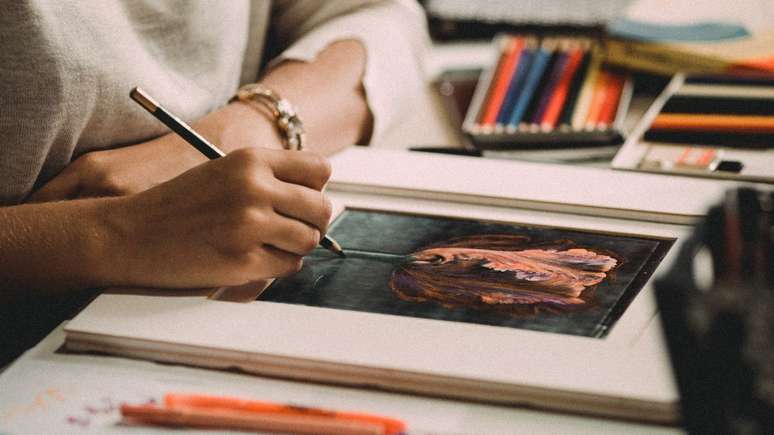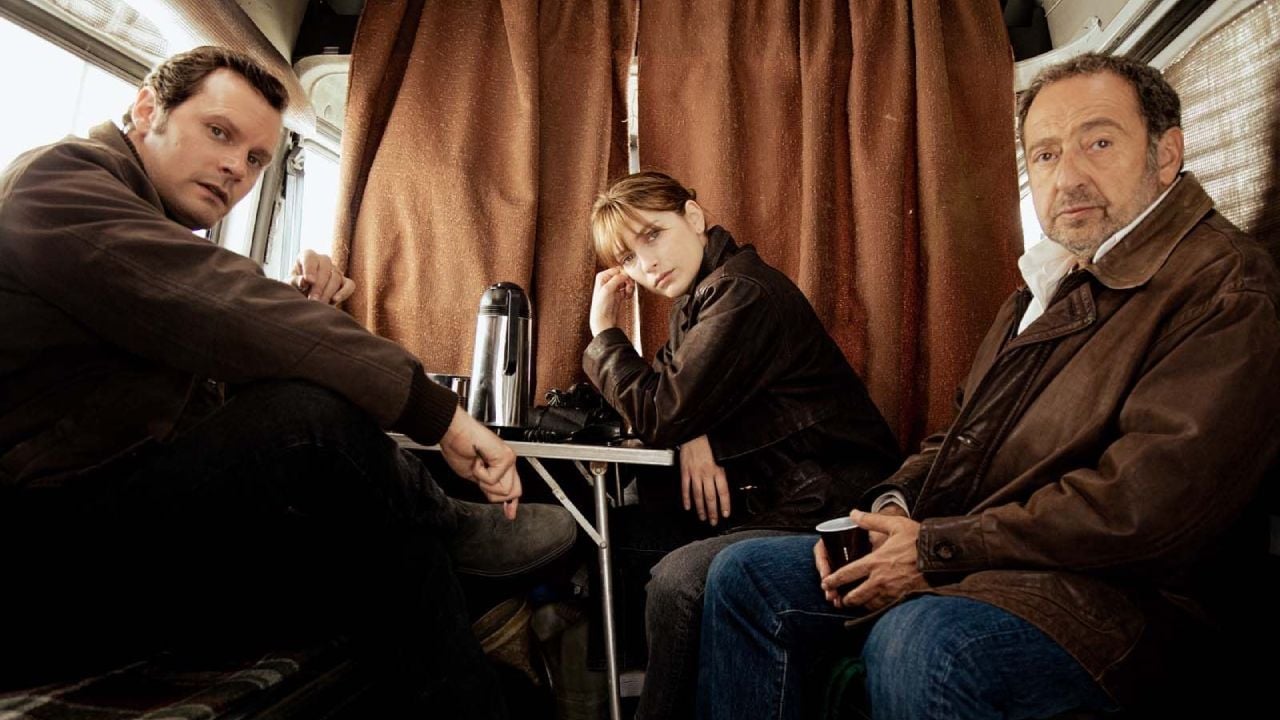Creative downtime: Intentional breaks that recharge your mind, unlock ideas, and make productivity lighter and more sustainable
For a long time we have been taught to associate productivity with a frenetic routine, with no room to breathe. But good ideas don’t arise in chaos. They need time and silence. It is precisely in this interval between one task and another that creative free time occurs. The concept, created by the Italian sociologist Domenico De Masiclaims that the balance between work, free time and learning is the true engine of creativity.
What is creative free time
Think about that moment when a good idea comes to you in the shower, on a quiet walk, or while taking care of your plants. It is when the mind is relaxed and free from pressure that the most interesting connections appear. Creative free time is this space of active rest, a time in which the brain does not “switch off”, but works at a different, more intuitive and light pace.
Instead of fighting fatigue, allow your body and mind to regroup. And that’s what drives true productivity: the kind that comes from real energy, not exhaustion.
Benefits of slowing down
Practicing creative free time brings amazing results. A rested mind becomes more original, capable of seeing new solutions to old problems. Productivity gains a sustainable pace, with less effort and more pleasure. Conscious pauses also reduce anxiety and help the brain retain learning, as well as renew focus and willingness to resume activities with greater clarity.
How to put it into practice
Incorporating creative free time into your routine is easier than it sounds. The secret is to respect your limits. Not all breaks need to be “productive,” and it’s okay if no great ideas come to mind at the time. Choose activities that truly nourish you: leisurely cooking, walking, playing an instrument, gardening, drawing, reading for pleasure, or simply observing your environment.
It is also important to protect silence. Reducing screen use, turning off notifications, and embracing boredom as part of the creative process help the brain regroup. Short breaks of 3 to 10 minutes between work blocks are enough to recharge your mind and body.
Brief implementation guide
- Pace 50/10 (or 25/5): work in blocks and schedule micro breaks;
- Daily Creative Window: 20-40 minutes for a hobby or pleasure reading. No goals, no costs;
- Technology with limits: leave your cell phone away during breaks; if necessary, airplane mode;
- Stimulating environment: natural light, plants, discreet path… small adjustments change the climate;
- Weekly review: What really gave you rest? What has become a distraction? Adjust the path.
When free time generates results
Creative free time is a strategy, not a luxury. It’s during these pauses that the brain finds space to organize ideas and make unexpected connections. Walking, taking a shower or simply being silent can be the starting point for something new. In the end the concept is simple: take care of the mind so that it takes care of your work. The lighter your day, the more creative and productive you become. After all, rest is part of the job too.
When free time creates results
Don’t wait for “the perfect moment.” Start small and consistently. A 15-minute walk can unlock that paragraph; by washing the dishes you can organize the next meeting; Scribbling ideas on paper can become a project. Slowing down is a strategy, not a luxury. Ultimately, creative free time is a deal with you: to take care of your mind to take care of its work. The lighter your day, the better the delivery tends to be.
Source: Terra
Ben Stock is a lifestyle journalist and author at Gossipify. He writes about topics such as health, wellness, travel, food and home decor. He provides practical advice and inspiration to improve well-being, keeps readers up to date with latest lifestyle news and trends, known for his engaging writing style, in-depth analysis and unique perspectives.








